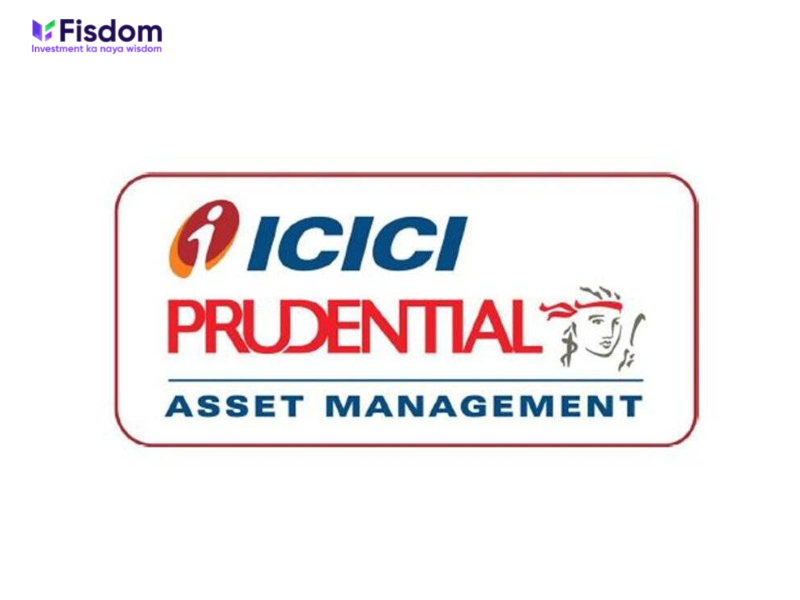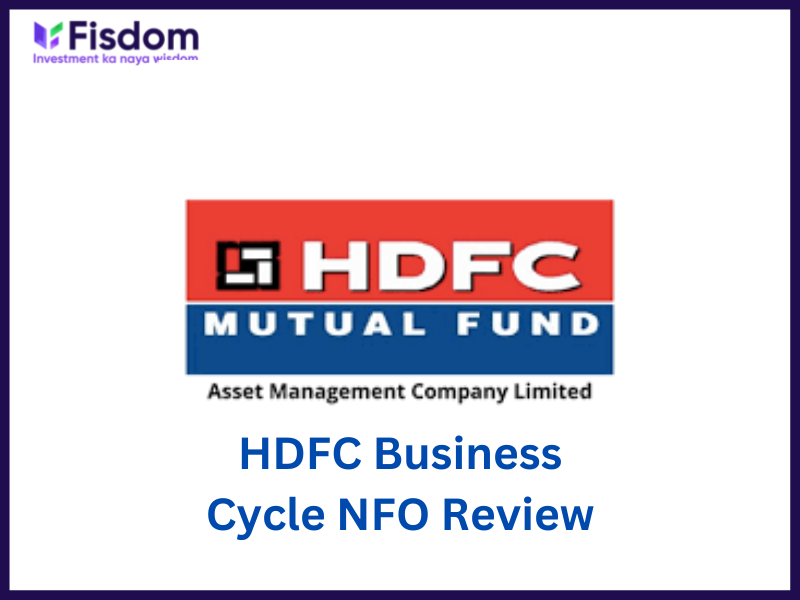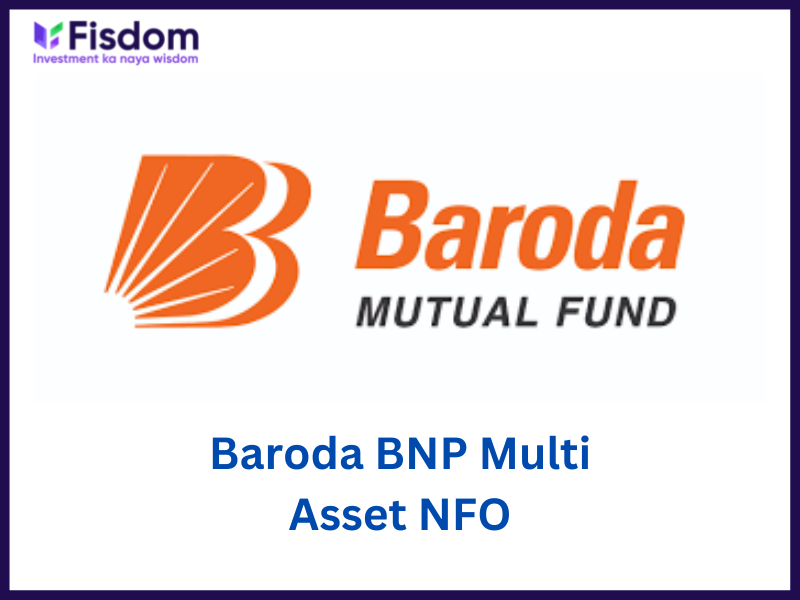
Introduction
The Union Mutual Fund has come out with a New Fund Offer (NFO) targeting retirement benefits for investors, Union Retirement Fund NFO. The NFO was launched on 1st September 2022 and closes on 15th September 2022. The fund will then open for regular subscription on 29th September 2022
Investment objective
The investment objective of the fund is to generate long-term capital gains for the investors. The scheme will invest in a mix of equity and equity-related instruments as well as debt instruments. The asset allocation for the same will be based on the internal guidelines as per the Scheme with the objective to provide retirement investment solutions to investors.
Reasons to invest
- Diversified portfolio
Union Retirement Fund will have a diverse asset class by investment in equity and equity-related instruments, debt instruments, and REITs. The composition or the allocation of these assets as per the Scheme Information Document (SID) will be minimum of 65% of the fund for the equity category, between 0% and 35% for the debt category, and between 0% to 10% for units issued by REITs and InvITs. The fund will also invest across different market capitalizations in the equity category which will add to the diversification.
- Investment horizon
This fund belongs to the long-term investment horizon with a lock-in period of 5 years. This implies that investors do not have to worry about short-term market volatility and can get better returns at the end of their long-term investment horizon.
- Tax benefits
Investors get the benefit of tax benefits by investing in the Union Retirement Fund. As the fund is in the long-term investment frame, investors get the benefit of tax exemption on returns up to Rs. 1,00,000 after which they will be taxed at a lower tax rate of 10%. The dividend received from the fund will also be subject to taxation at the hands of the investors provided such dividend exceeds Rs. 5,000.
Performance of the Benchmark
| Period | S&P BSE 500 TRI | S&P BSE 100 TRI | S&P BSE 200 TRI |
| 1-Year | 3.58% | 2.88% | 3.66% |
| 3-Year | 13.11% | 11.13% | 12.47% |
| 5-Year | 8.7% | 8.56% | 8.96% |
| Since Inception | 11.33% | 9.25% | 11.41% |
Risks of investment
- Lock-in period of 5 years
The scheme belongs to the retirement fund category as per the SEBI classification of the schemes and therefore has a lock-in period of 5 years. Investors, therefore, need to have a minimum investment horizon of 5 years or more to invest in this scheme and earn substantial returns. This may not be attractive for investors with short-term investment horizons.
- Inherent risks
The inherent risk of investment in mutual funds is not escaped in this fund too. Investors have to be wary of risks associated with an investment in equity and debt instruments. These risks include risks like market risks, credit risks, liquidity risks, default risks, reinvestment risks, etc.
- Maximum investment age restriction
Being a retirement fund, this fund has an additional restriction with respect to the maximum entry age into the fund. Individual investors with a maximum age of 55 years at the time of initial investment can invest in this fund. Therefore investors outside this age bracket will not be able to get benefits form this fund.
Fund details
The key details of the fund are tabled hereunder.
| Scheme name | Union Retirement FUnd |
| Type of Scheme | An open-ended retirement solution scheme with a lock-in period of 5 years or till retirement age (whichever is earlier) |
| Category of the scheme | Retirement Fund |
| Benchmark | S&P BSE 500 TRI |
| Plan and options | Plans – Regular Plan and Direct PlanOptions – Growth option and IDCW |
| Fund Manager | Mr. Vinay Paharia, Mr. Sanjay Bembalkar |
| Exit Load | NIL (Subject to the lock-in period of 5 years) |
| Minimum Investment | Lumpsum Mode – Minimum Rs. 1,000 and in multiples of Re. 1/- thereafter and minimum Rs. 1,000 (in multiples of Re. 1/- thereafter) for additional application SIP Mode – Minimum Rs. 1,000 (in multiples of Re. 1/- thereafter) for monthly frequency and Minimum Rs. 5,000 (in multiples of Re. 1/- thereafter) for quarterly frequency |
| NFO Period | 1st September 2022 – 15th September 2022 |
How to invest in the Union Retirement Fund?
Investors can invest in this fund through the Fisdom app.
FAQs
FAQs
NFO (New Fund Offer) is launched by the Asset Management Companies (AMCs) to generate funds for launching a new mutual fund. These funds are then pooled to buy the shares or other securities as per the fund’s mandate or the guidelines based on which the fund is launched. NFOs are like IPOs where all the relevant details of the funds are provided at the time of their launch and the units of the fund are usually set at Rs. 10 per unit for a subscription. SEBI guidelines allow the NFOs to be active for a maximum period of 30 days following which the units of the fund are traded based on their daily NAV.
NFOs, at the time of their launch, are launched in two categories namely close-ended funds and open-ended funds. The details of each type of fund are mentioned below.
Open-ended funds
The majority of mutual funds are launched as open-ended funds. Investors can subscribe to the fund at the nominal rate (usually Rs. 10 per unit) during the NFO period. After the NFO period, when the units are traded based on the daily NAV, the investors stand to gain huge capital gains depending on the performance of the fund.
Close-ended funds
Close-ended funds, on the other hand, do not allow the investors to subscribe to the fund after the NFO period is closed.
Investing in NFOs is a very good opportunity to maximize the returns as the units can be subscribed at nominal rates and the returns are potentially higher based on the prevailing NAV at the time of redemption. However, there are several points that need to be considered while subscribing to an NFO. Some of such points are highlighted below.
a)Track record of the AMC
NFOs are offered for the new mutual fund so no proven track record can be reviewed by investors to make an informed investment decision. The investors have to therefore rely on the reputation of the AMC and other details mentioned in the NFO to make an investment decision.
b)Expense ratio (if mentioned)
NFOs need a good amount of publicity to make the investors aware of the fund and the investment opportunity. It is therefore essential for the investors to check the expense ratio of the fund and ensure that it does not outweigh the net gains.
c)Check if the fund is in correlation to the existing portfolio
Recently there have been many NFOs in the market that investors can choose from. However, while selecting the fund the investors must check if the fund is not similar to an existing fund in their portfolio. For example, if the fund is a large-cap fund and the investor already has one or two similar funds in their portfolio, investing in another will not add much value to the net returns or the diversification of the portfolio. On the other hand, many NFOs can be sector-specific or country-specific. In such a case, investors have to check if the fund is in line with other factors like their risk-return profile and investment goals.
d)Review the SID carefully
Reviewing the SID (Scheme Information Document) is a crucial step that should not be missed by investors while investing in NFOs. It contains all the relevant information about the fund managers, their qualifications, and experience which is crucial for the funds’ performance. Other relevant information includes the investment profile of the fund, target sectors or securities, benchmark index, asset allocation ratio, etc. This helps the investors understand the returns expectation of the fund as well as the target investments where the fund will invest the pooled funds. Investors having a risk-return profile in line with that of the fund can thus invest in such funds.
Investment in NFOs can be done through two main routes i.e., the online or offline modes. The details of the same are mentioned below.
a)Online mode
The online mode of investment is suitable for investors already having a Demat account and a trading account. Investors can simply select the NFO and invest by selecting the number of units to invest and paying for the same through online payment modes available on the platform.
b)Offline mode
The offline mode of investment in NFOs is through registered brokers and distributors. Investors can contact their brokers and distributors providing them with the details of the amount to be invested and they can invest in the selected NFOs on their behalf. Investors can make hassle-free investments through such modes as all the necessary forms to be filled and the formalities to be met are looked after by these entities giving investors the benefit of ease of investment. The charges for such services are nominal when compared to the potentially high returns.
























